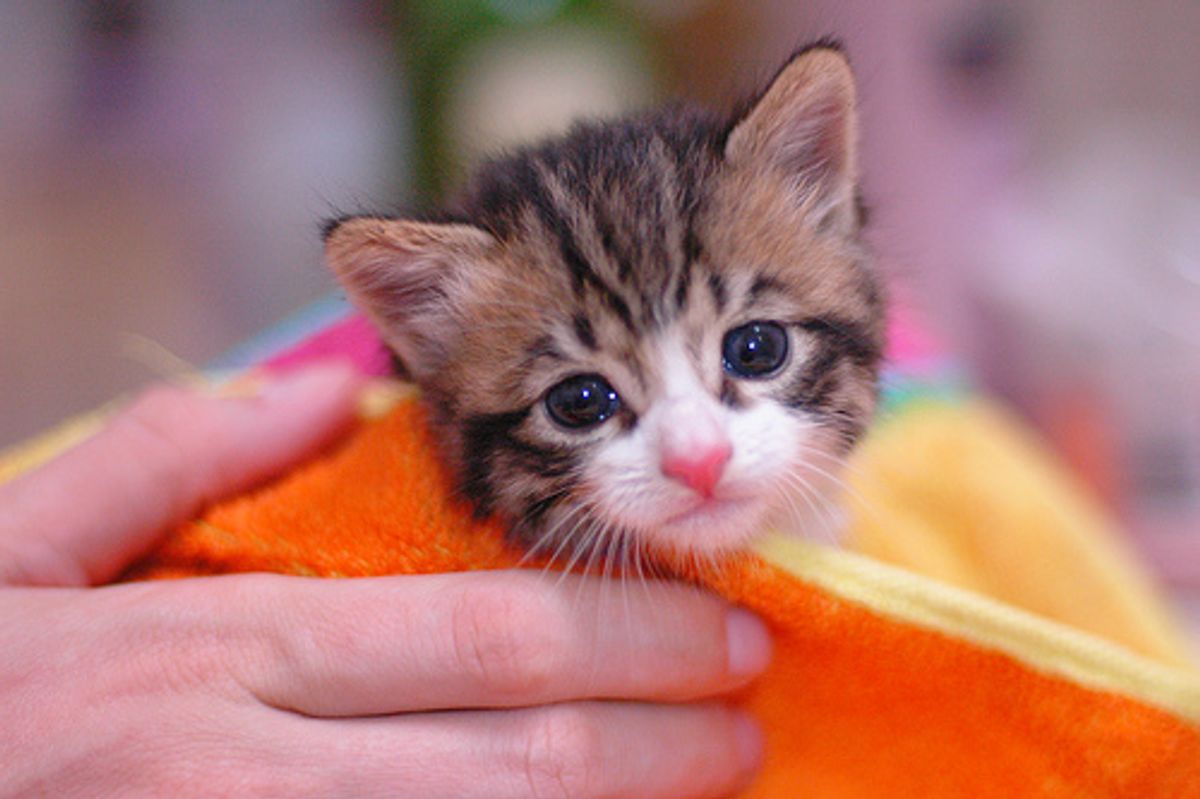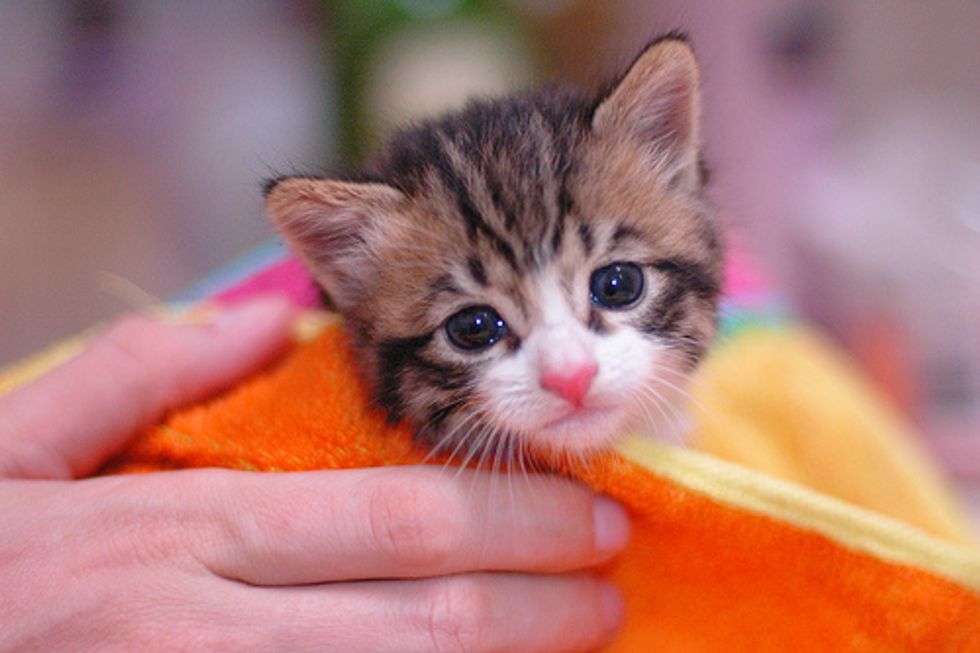Cats do not need baths or showers very often since they groom themselves daily, but sometimes accidents happen that require more than just regular grooming. Bathing cats can be a chore if your kitten is not particularly fond of water. Unlike Turkish Van who has an affinity to water, chances of you getting a few scratches and wet are pretty high. There are ways to bathe your kittens without causing a tumultuous bathroom experience.
Prepare your supplies:
You will need to have one or two buckets (or 2 sinks). The buckets should be big enough to contain a good amount of water. Take a large cup or a big ladle to scoop the water with.
You should use cat shampoo that can be found at the pet stores. I do not recommend human shampoo because animals like cats have different skin condition from humans'. Using human shampoo can cause their skin to dry up and create more dander. Also, human shampoo may contain chemicals that are not suitable for cats. Even if your shampoo is formulated with natural ingredients, it does not mean it has the right compounds for your cat's skin. Your safest bet is to get a shampoo product designed for cats.
If your cat is infested with fleas, flea shampoo will help remove a portion of it, but may not completely get rid of all the fleas because of how tenacious those little critters are. For flea infestation, you should look for medication such as Frontline or Advantage. Talk to your vet about those medications.
Prepare one or two towels for drying.
If your cat is a difficult one and completely fearful of water, you might want to get another person to help you. Otherwise, with the steps below, you can pretty much bathe your cat on your own.
Fill the Bucket with Warm Water:
Fill the bucket with warm water. I would only use the water from the bucket to rinse rather than turning on the shower spray so I would not startle my cat and cause him to panic and flee. Also, I would have the water ready beforehand to avoid adding extra stress to the cat during the bathing process. The less noise I make, the easier the whole experience will go.
I use my bath tub to bathe my cats because they feel more comfortable in there. You can add some water to the tub but that will depend on if your cat is comfortable with standing or sitting in water.
Introduce Your Cat to the Tub:
Whether you are going to bathe your cat in a tub or else where, it is important to have them familiarize with the environment. Give them sometime to explore around and encourage them to sniff on the supplies.
Start with a Little Water:
The most important thing about bathing or showering a water-phobic cat is to assure him that water is not going to do him any harm. In order to achieve that, you can first stroke the cat's back with your wet hand. Keep petting your cat with your hand, slowly applying more water. Keep the water adding pace slow. In the meantime, praise your cat for being calm by talking to him in a soft voice.
If your cat is particularly fearful of water, you can have another person hold him gently, but usually the introduction step will ease off their worries if done correctly.
Shampoo Your Cat:
Once your cat's coat is damp enough, you can add some shampoo and work it into foam. Start massaging the coat gently with both of your hands. Continue to talk softly with your cat. Your voice will soothe him and let him know that you are there for him.
Rinse off Shampoo:
Use the cup to transfer water over and pour it gently on his body. Keep the noise at minimum if you can. Cats are very sensitive to sounds. Any loud noises during shower can put them in a state of shock.
Dry Your Cat:
I would not use a blow dryer because it makes too much noise. After the shower, I would rub down the cat with a very obsurbant towel. If you have a long-haired cat, use a comb to untangle the hair for him. He will appreciate it.
Tips:
- Your calmness and patience will sail you through the entire process. If you are frustrated or stressed, your cat will be too.
- Keep talking to your cat in a soft voice. It will alleviate your cat's stress.
- Introduction to the bathroom is crucial. If your cat does not trust the tub, he will more likely run away when the bathing process starts.
- Cut your cat's nails beforehand to reduce chances of getting scratched.
- Treat your cat with his favorite treats afterwards.
Image:


